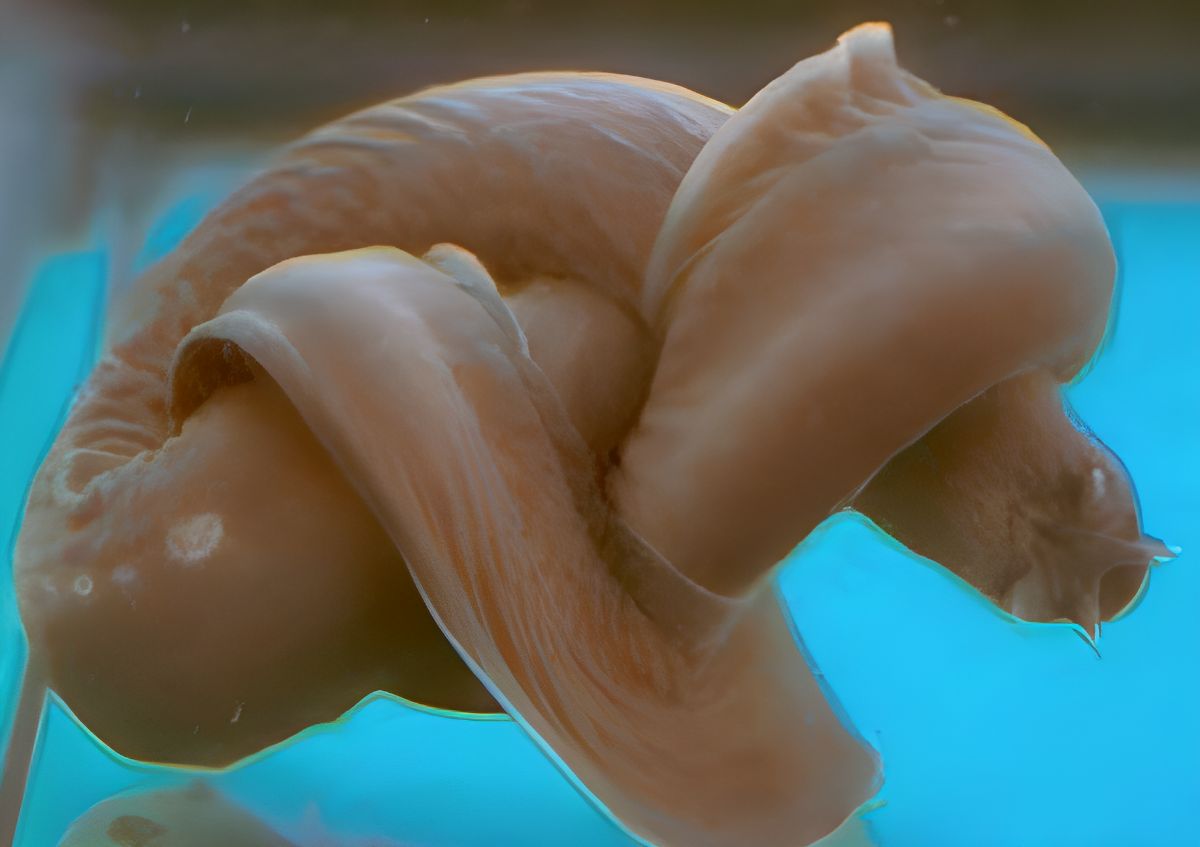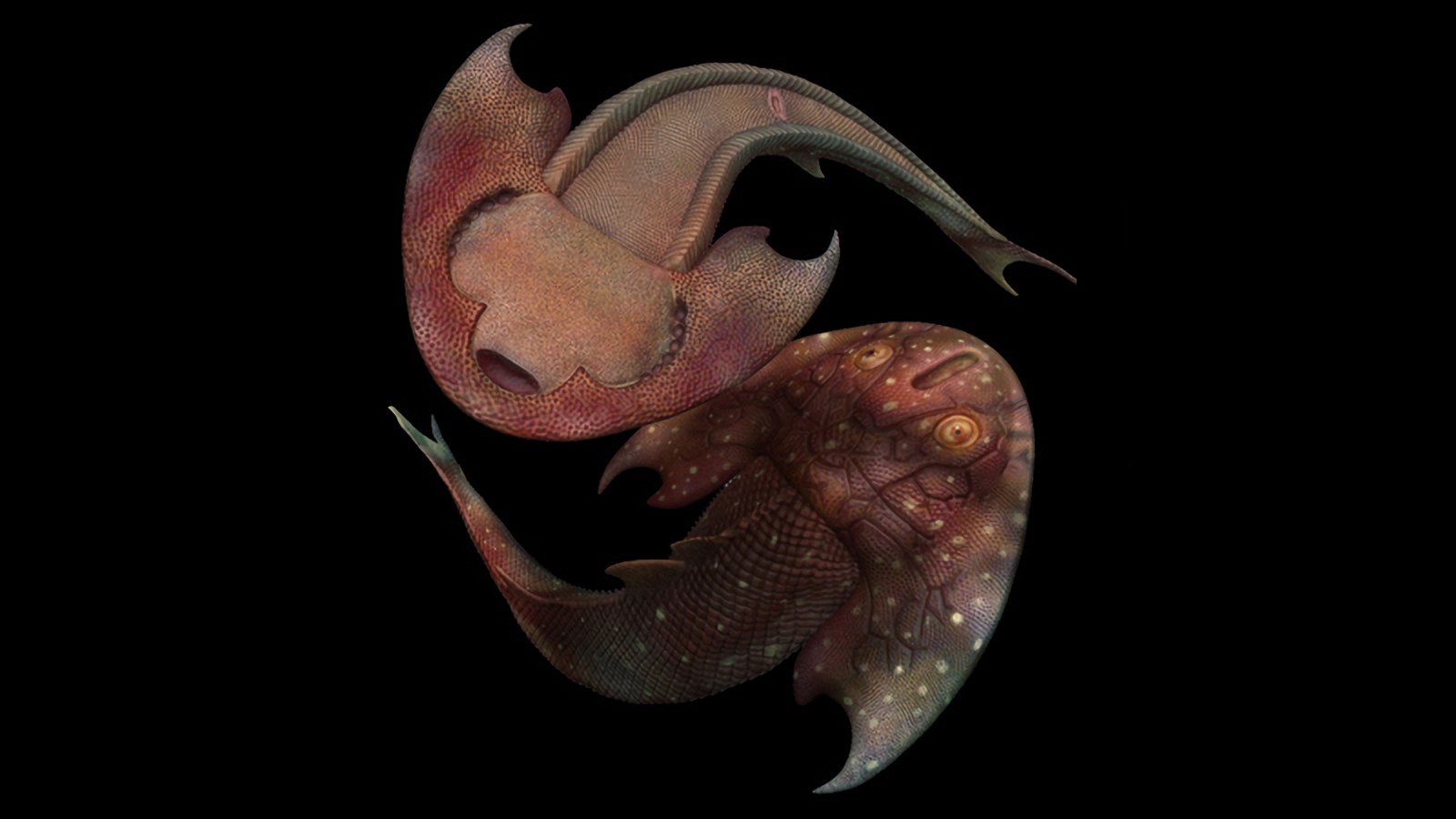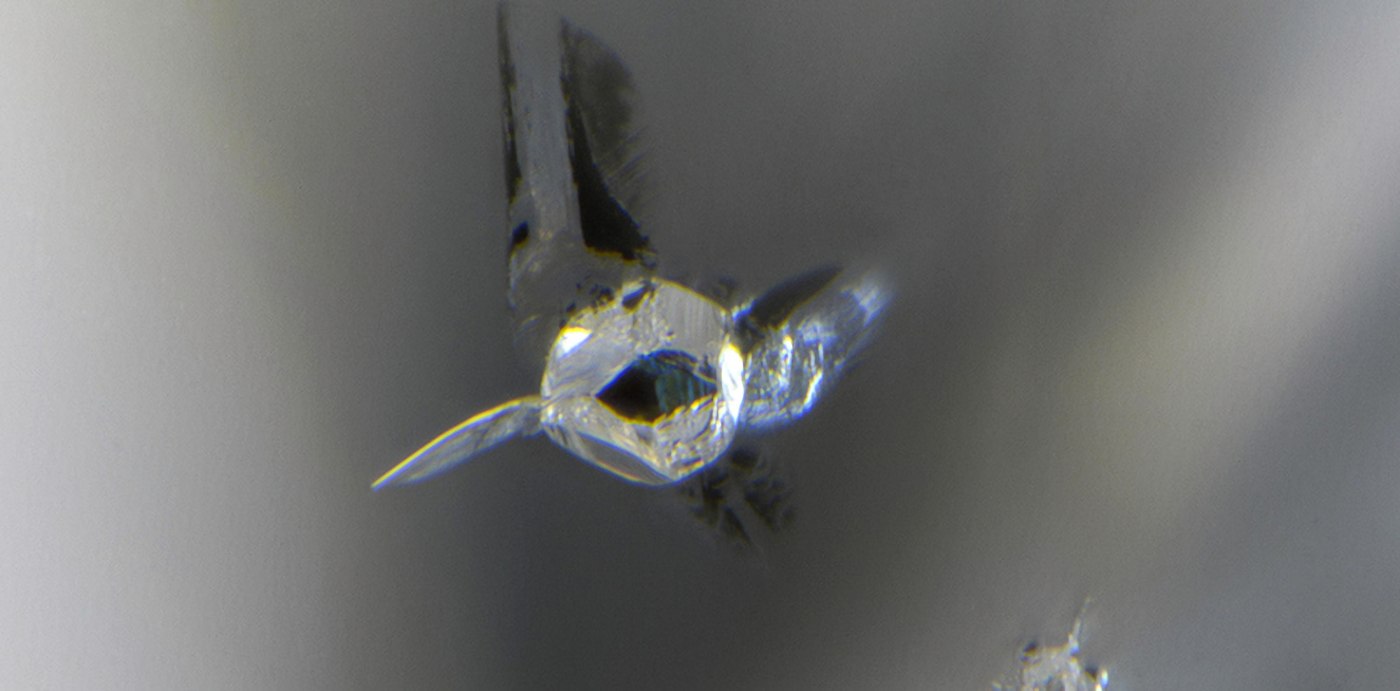Knots, in general, are a nuisance to deal with because they complicate the simplest things, such as untangling shoelaces or ropes. There is, however, one species that purposefully entangles itself and benefits in two different ways from it. Although the species superficially resembles a snake, we are not talking about a snake.
They Have Skill In Tying Knots
The hagfish is famous for its skill in tying knots, and for good reason (Myxinoida). These jawless vertebrates may, at first glance, bring to mind an eel due to their elongated shapes and big sizes, both of which are comparable to those of eels (between 30 and 60 centimeters). Nevertheless, this is the only parallel that can be drawn between the two animals.
This is because hagfish do not belong to the fish family but rather to the Agnatha, which is a group of animals that can be found quite far down on the family tree of vertebrates. Hagfishes are characterized by their elongated bodies and scaly skin. Because of their lack of significant evolution over the past more than 300 million years, they are one of the ocean’s oldest species.
A unique characteristic of the head of a hagfish is that its eyes are covered by a membrane and cannot be spotted from the outside. Even more, hagfish have four movable tentacles, three of which are quite large and one of which is quite small. They prowl the depths of the ocean, where they consume dead fish and animals for food. However, they are also known to hunt defenseless animals, such as those that become entangled in fishing nets.
Built With a Feeding Apparatus That Has Been Tied
Due to the fact that hagfish do not possess movable jaws or pointed teeth, they have developed a one-of-a-kind strategy that allows them to extract chunks of their prey using their rasping device.
They tie a knot in the middle of their bodies, leaving a space in the middle for their heads to protrude through. This transverse loop performs the function of an abutment when the hagfish bites its prey and then pulls its head back to release the bite. This action is identical to the legs being crushed into the ground.
Why Do Hagfish Tie Themselves in Knots?
Even if that weren’t enough, when a hagfish feels that it is in trouble, the skin glands on its body secrete copious quantities of sticky slime. This makes it extremely difficult for a predator to catch a hagfish.
However, once the hagfishes have broken free of their confinement, they are faced with a new obstacle: how to dispose of the slime that they have produced while trying to break free. In order to accomplish this, they begin by tying a knot at the very end of their tails, which they continue all the way up to the top of their heads.
When the knot is tied, the mucous layer that was previously on the animal’s skin is removed. When the knot reaches the head of the hagfish and begins to unravel, the fish is free to swim away.






